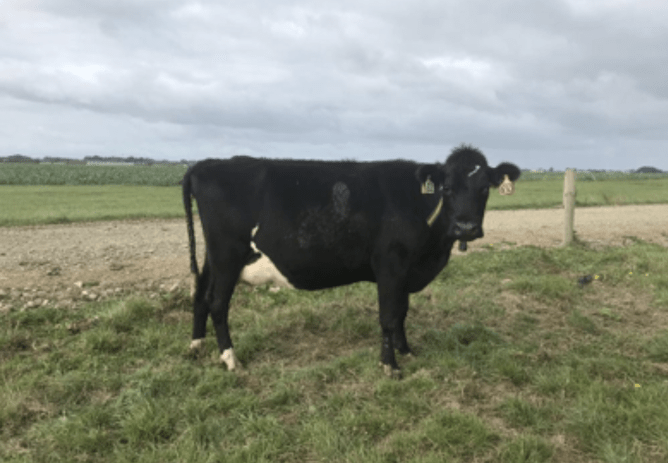Controlling pasture quality continues to be a priority again this week, especially for the LI farmlets that are hanging out for their second nitrogen application.
• Topping will be used to maintain pasture quality, however rather than topping whole paddocks, this week the team will try the “race track” method.
Why: We are finding that the paddocks that have been either topped or cut for baleage take longer to come back into the round than those being grazed. By only doing the outer half or inner half of a paddock, this will give us both better quality pastures hopefully getting them back to pre-graze mass 1 or 2 days earlier than if it had been fully topped.
• All farmlets will continue to receive supplementary feed this week at the same levels as last week (1kg of FB for the Fodder beet farmlets and 1kg of inshed feed for the Kale farmlets).
• We have decided to hold off starting the regrassing of grass to grass paddocks until we are consistently growing above demand.
Why: Through most parts of the year the farmlets are running with a stocking rate of 3.1 cows/ha for the standard herds and 2.6 for the low-impact herds. However, now with the number of paddocks out of the rotation with last year’s crop paddocks just sown back in pasture and the 2022 winter crop paddocks being planted, the effective stocking rate is currently 3.5 for the standard herds and 2.9 for the low-impact herds. Taking out more paddocks now would place too much pressure on the grazing rotation and increase the requirement for supplements.
• Growth rates are hovering between 50-60kgDM/ha/day which is just matching demand. Demand for the standard farmlets is currently 60kgDM/ha/day (pink line on the graph) and 50kgDM/ha/day for the LI farmlets (blue line on the graph).
General notes
• All maintenance fertilizer has now been applied.
• The paddocks that were shut up for baleage have not yet been mowed because of weather implications, however, this is booked in over the weekend. Due to the delay, the quality of this baleage is now questionable, so samples will be taken to determine whether it will be used as milker feed or winter feed.
• All of the Fodderbeet for next winter has been sown with the sprayer contractors due to applying the pre-emergent spray prior to the weekend. The pre-emergent pest spray is mainly targeted at nissius.
• We achieved a 95% 3-week submission rate across the farm, with intervention for 14% of the standard herds, and 9% for both low-impact herds.
• For the Std FB herd the submission rate of the cows 4 years and older have tracked below that of the other 3 herds for weeks 2 and 3 of mating. Second calvers in the LI FB herd had lower submission through the middle of the first 3 weeks of mating.
• From December 1st, the older calves will be weaned off meals and given PKE instead. Although there is surplus pasture, supplements will be offered to reduce the risk of overgrazing, increasing the risk of the calves consuming the coccidiosis larvae that are likely in the pastures based on previous years’ experience.
• Additional selenium will continue to be added for another month and the iodine will stay in the mix until the end of January. The tech team will take bloods in January to check these mineral levels to confirm the timing of reducing the dose rate.
Click the link below to download our full weekly notes


